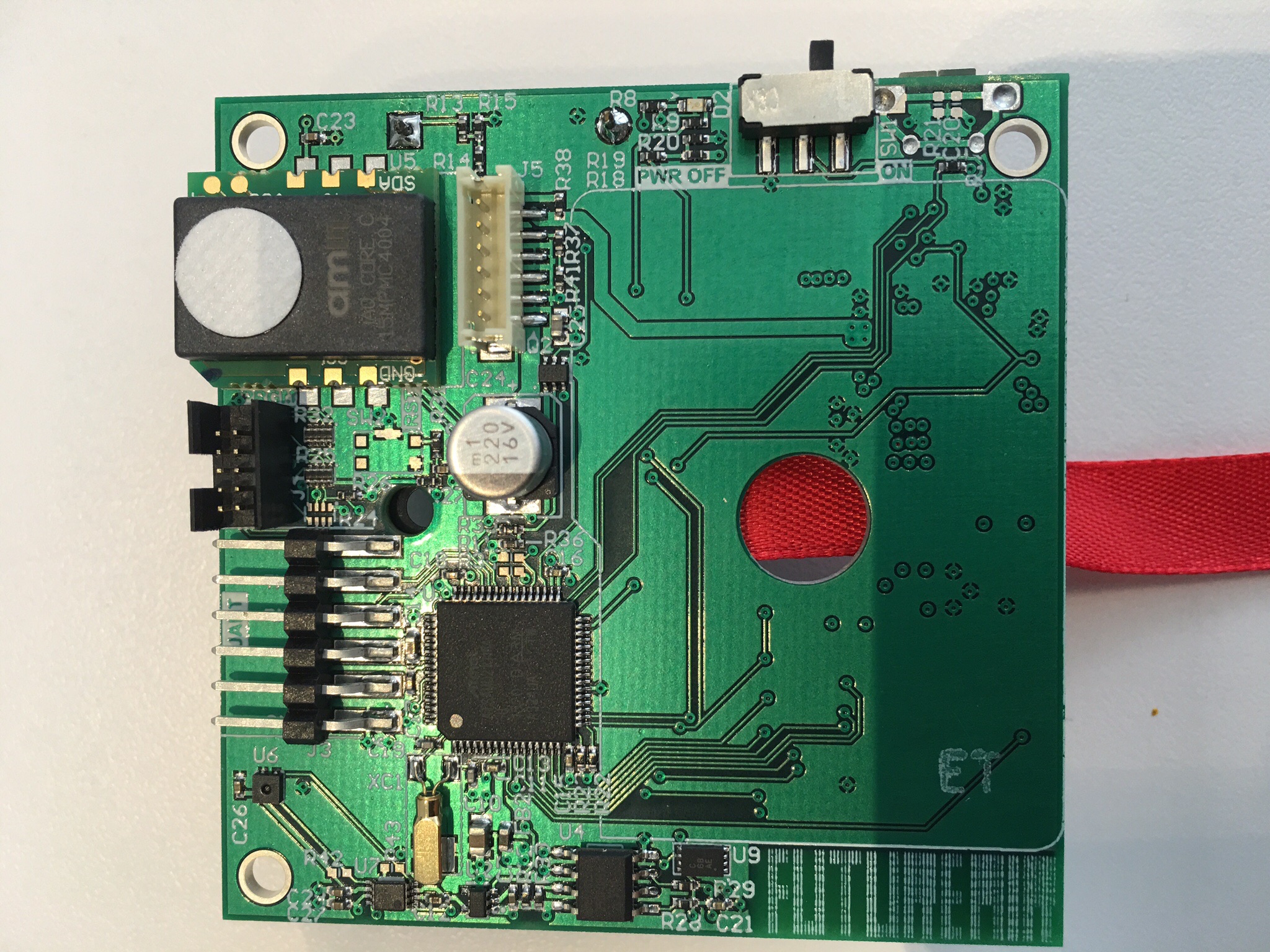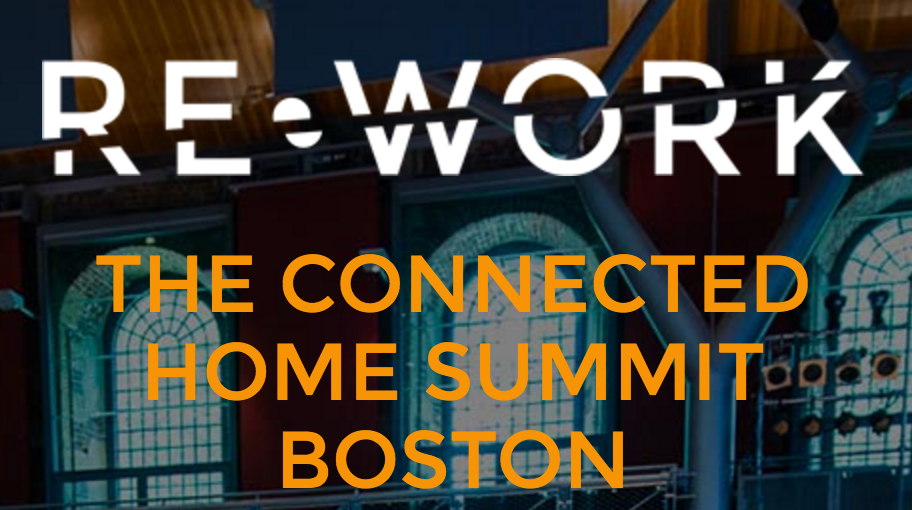We are pleased to share that our very own Michael Wang, co-founder of FutureAir, was recently named one of the 2016 Forbes 30 Under 30 in manufacturing and industry.
From an initial screening list of more than 15,000 of the best of the best, the Forbes 30 Under 30 is a list of 600 women and men who represent America’s most important young entrepreneurs, creative leaders and brightest stars.
Michael was honored for both his work with FutureAir, and his role as an adjunct assistant professor of electrical engineering at Columbia University, where he helped develop the engineering school’s internet-of-things curriculum.
We sat down with Michael to ask him a few questions, which we thought we’d share with you:
What does being named one of Forbes 30 Under 30 mean to you? I have wanted to pursue technology entrepreneurship since high school. After completing my PhD in September 2014, I tried many things, some with great success, and others that did not take off. From creating a 3200-member IoT meetup group and developing and teaching an IoT curriculum at Columbia to starting up FutureAir, I have had a very challenging and fulfilling 15 months. Being named to the Forbes list is a real honor and validates all of my hard work.
It is imperative that I mention that I only made this list because Columbia nominated me. There are many many folks far more talented who simply were not nominated by their respective firm or institution or were not exposed to this opportunity.
Who is your idol? Or who most inspires you? I am a third generation electrical engineering PhD. As a result, both my father and grandfather have been my biggest influences.
My passion for technology was cultivated early on as a child by my role models. My father, who has worked at Bell Labs for 16 years and holds 26 patents, has taught me that a good engineer is not simply good at building things, but also has the vision to know what to build. My main motivation for pursuing a Ph.D. was to help me construct that vision. My grandfather, who was the president of the Beijing Institute of Technology and who continues to teach undergraduate engineering courses at 84 years old, has taught me the virtue of hard work and building useful products.
Having witnessed the growth and burst of the telecom bubble through my father, I observed his frustration as top-level management cancelled projects and shifted direction with little feedback from the engineering team. I came to realize that to make a real impact in the technology sector, I needed more than just solid engineering skills – I needed to systematically analyze a technology’s value to its various customer segments, and understand how to strategically position the product in the marketplace to give the highest return. By the early 2000s, as the telecom bubble was bursting, I knew that I wanted to become a tech entrepreneur and have the opportunity to the change the world.
Knowing what you know now, what advice would you give your 21-year-old self? Its good to be hungry and driven, but don’t stress out too much!
Congrats Michael, we’re honored to have you as a part of our team and look forward to what 2016 will bring.







